FIVE-STAR TEAM WARRANTY &
SAME-DAY SERVICE
Why Does My Circuit Breaker Keep Tripping? (2025 Guide)
When your lights suddenly go out or an appliance stops mid-use, it’s usually because a circuit breaker tripped. While breakers are designed to protect your home from electrical overloads and hazards, frequent trips are a sign something isn’t right.
In California, where many homes were built decades ago but now power EV chargers, AC units, and modern appliances, breakers are under more strain than ever. Homeowners often search:
- Why does my breaker keep tripping all of a sudden?
- Is it dangerous if my breaker won’t stay on?
- What’s the cost to fix a tripping breaker?
This 2025 guide breaks down the top causes of breaker trips, how to troubleshoot, what fixes usually cost, and when it’s time to call an electrician.
1. Overloaded Circuit
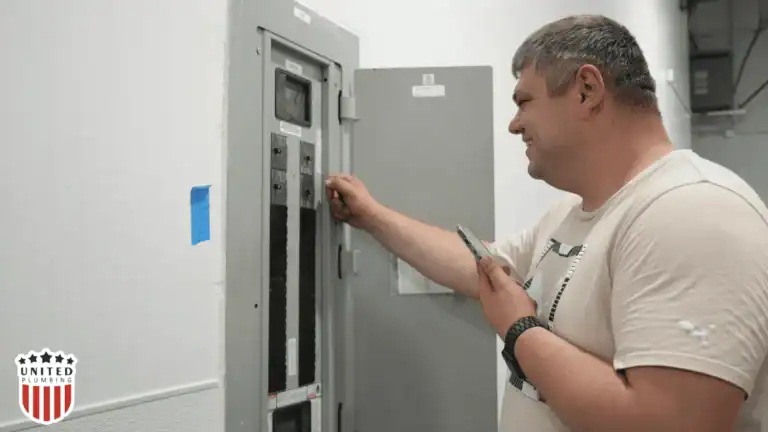
What’s happening: This is the most common reason. Each circuit in your home can only handle so much electrical demand. Plugging in too many high-wattage devices at once like a microwave, toaster, and coffee maker on the same kitchen circuit will push the breaker past its limit.
California context: Older Bay Area and Los Angeles homes often still use 100-amp service panels, which weren’t designed for today’s heavy appliance use. During summer, running AC units alongside everyday devices often causes overloads.
Fix:
- Unplug or spread devices across different outlets/circuits.
- For a permanent solution, have an electrician install a dedicated circuit for large appliances (like EV chargers, AC units, or water heaters).
Cost: $150–$300 for a new breaker or circuit; $700+ if rewiring is needed.
2. Short Circuit
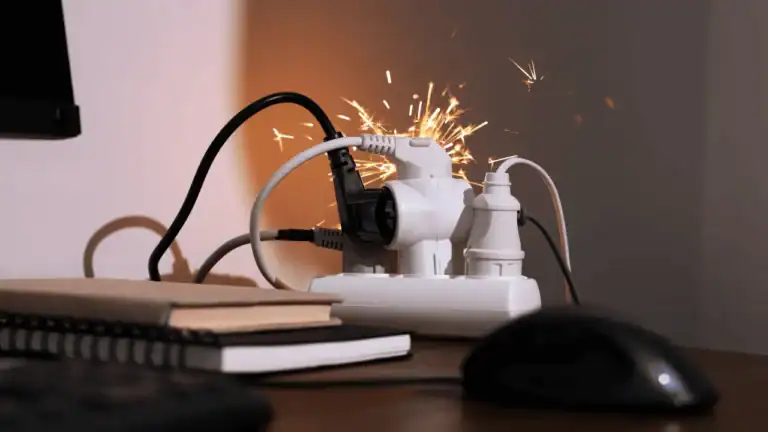
What’s happening: A short circuit occurs when a hot wire touches a neutral or ground. This creates a sudden surge of current that trips the breaker instantly. Shorts often come from damaged wiring, loose connections, or faulty outlets/appliances.
Warning signs:
- Burning smell near outlets or panel
- Popping sounds or sparks
- Scorch marks around outlets
Fix:
- Stop resetting the breaker.
- Unplug everything on the circuit.
- If it still trips, call an electrician immediately shorts are a major fire hazard.
Cost: $150–$500 for a simple wiring fix; $1,000+ if wiring inside walls needs repair.
3. Ground Fault
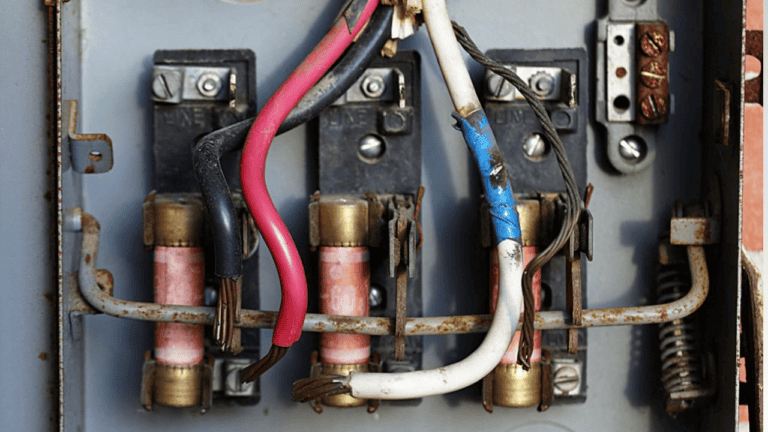
What’s happening: Electricity leaks to the ground, usually when water is involved. That’s why bathrooms, kitchens, garages, and outdoor outlets require GFCI (Ground Fault Circuit Interrupter) outlets.
California context: With coastal weather and older outdoor outlets, ground faults are common. Holiday lights in the rain or a damp extension cord can cause trips.
Fix:
- Press “RESET” on the GFCI outlet.
- Dry out the outlet or unplug the device.
- If the GFCI keeps tripping, replace it or call a pro.
Cost: $100–$200 to replace a faulty GFCI outlet; $200+ to add new GFCI protection to a circuit.
4. Faulty Appliance or Outlet
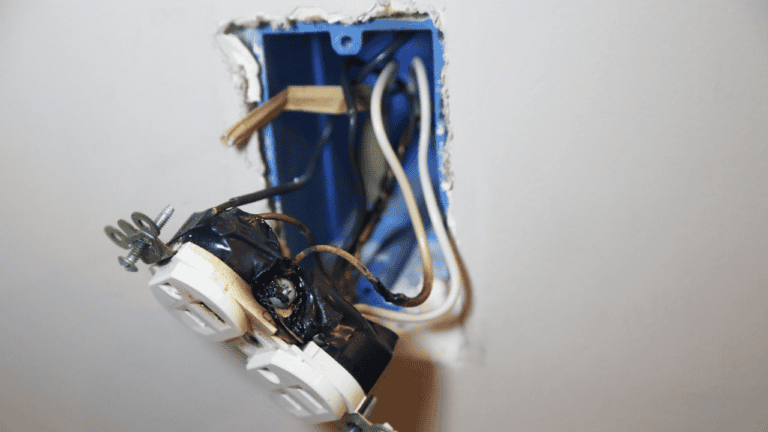
What’s happening: Sometimes the breaker is fine it’s the appliance or outlet causing the issue. A space heater with a bad cord or a microwave with internal wiring damage can overload the circuit the moment it’s switched on.
Signs:
- Breaker only trips when a specific device is used.
- Outlet feels hot or shows burn marks.
Fix:
- Test appliances one at a time.
- Replace or repair the faulty device.
- Swap out damaged outlets.
Cost: $100–$150 to replace a standard outlet; appliances vary ($200+ for repairs, sometimes cheaper to replace).
5. Old or Failing Breaker/Panel
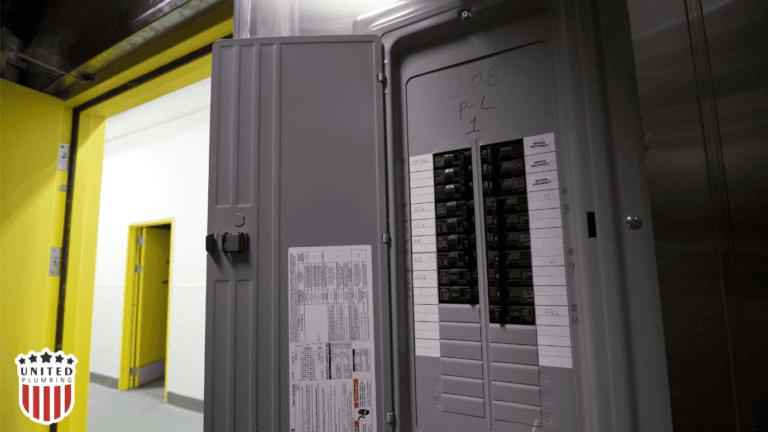
What’s happening: Breakers don’t last forever. After years of use, they can become too sensitive — or fail to trip when they should, which is even more dangerous. Outdated panels (like old Federal Pacific or Zinsco models) are especially risky.
California context: Many homes built before the 1980s still run on undersized panels. Additions like central air, EV chargers, or home offices push them past capacity.
Fix:
- Replace the faulty breaker.
- Consider upgrading to a 200-amp panel if your home’s demand has outgrown the old one.
Cost: $100–$250 per breaker; $1,500–$3,000+ for a full panel upgrade.
When to Call an Electrician
You should stop troubleshooting and call a licensed electrician if:
- The breaker trips immediately after reset.
- You see smoke, sparks, or scorch marks.
- Trips keep happening even with no appliances plugged in.
- Your panel is 30+ years old and hasn’t been inspected.
Most service calls in California cost $100–$300, but catching issues early can prevent fires and bigger expenses.
Need help fast? Schedule Electrical repair with our licensed team.
Pro Tip: Always hire a licensed electrician for safety. You can quickly verify an electrician’s license on the California Contractors State License Board (CSLB)
Pro Tips to Prevent Trips
- Don’t run multiple high-wattage appliances on one outlet.
- Upgrade panels if your home still uses 60- or 100-amp service.
- Replace old or damaged outlets and cords.
- Use outdoor-rated covers and cords in wet areas.
- Have your electrical system inspected every few years.
Post views: 304
Frequently Asked Questions
Is it dangerous if my breaker keeps tripping?
Yes. Occasional trips are normal, but repeated trips can signal wiring faults or overloaded circuits that could cause fires.
Can breakers go bad?
Yes. Breakers wear out with age and may trip more often than they should.
Should I keep resetting a tripping breaker?
No. Reset once. If it trips again immediately, stop and call an electrician.
How do I know if I need a panel upgrade?
If your home still has a 100-amp panel and you’ve added new appliances, EV chargers, or AC units, you’ll likely need a 200-amp upgrade.
Latest posts

How Long Do Water Heaters Last? Typical Lifespan by Type (Homeowner’s Guide)
Your water heater works quietly behind the scenes every single day until one day it doesn’t. One of the most common...
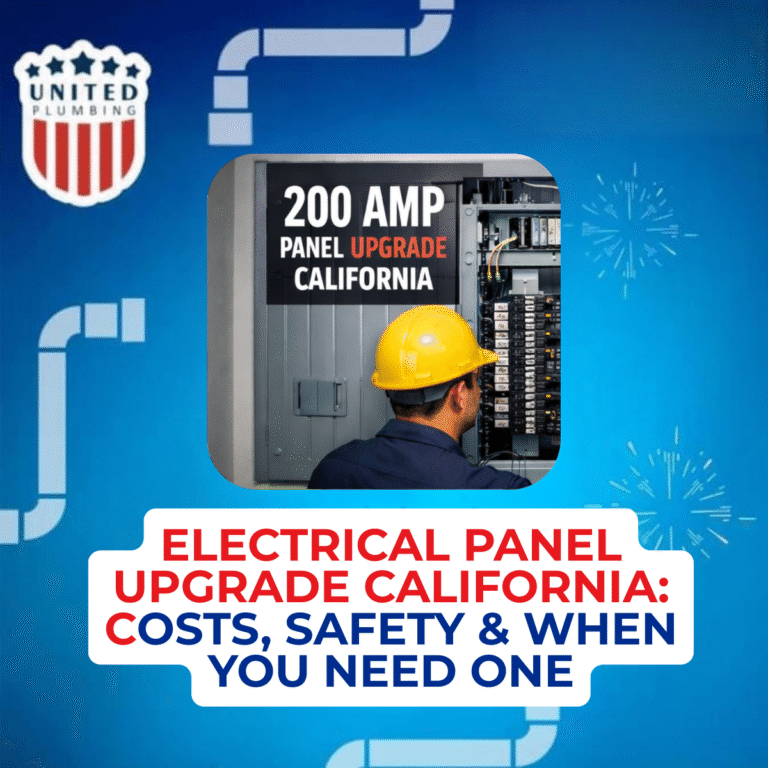
Electrical Panel Upgrade California: Costs, Safety & When You Need One
An electrical panel upgrade in California is one of the most important safety and performance improvements a...


If you still have questions or need advice, please leave a request and we will contact you as soon as possible
Need a plumber and got no clue where to start?
(408) 539-6936Facing a plumbing issue? Get a FREE in-person estimate and quick solutions from our skilled technicians, ensuring your home runs smoothly again!
